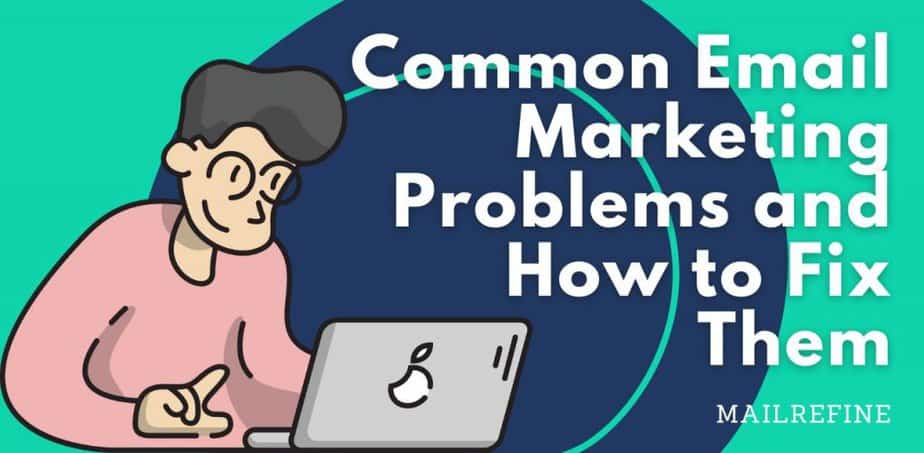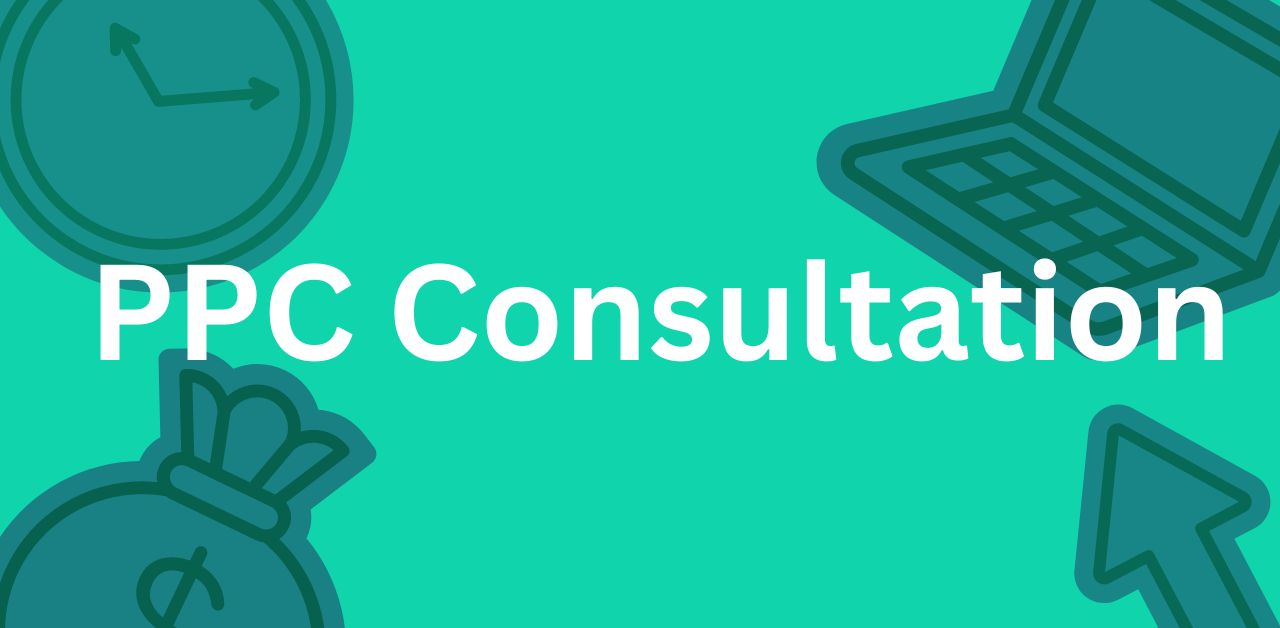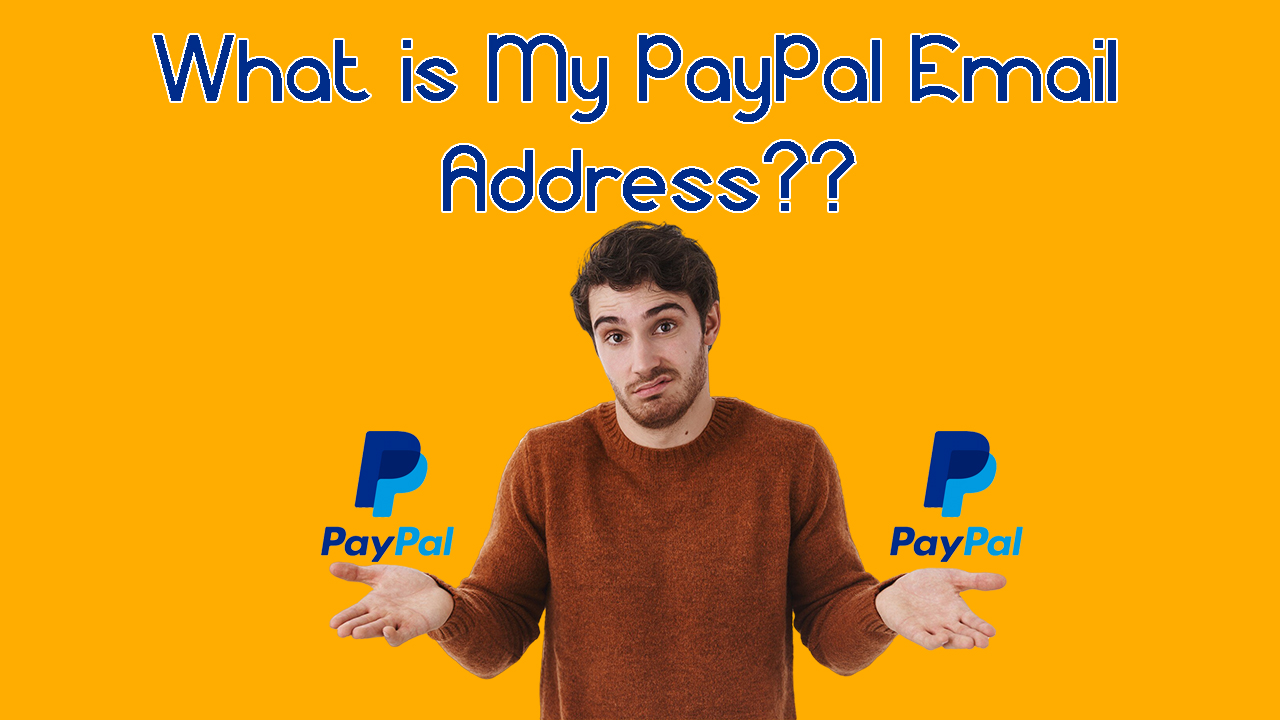Email marketing is undoubtedly one of the best “Return of Investment” channels out there. The open rate and Click Rate of an expected number can result from a thoughtful marketing strategy. Email marketing has an impressive 42% return rate, while Radio and TV ads barely come anything near that. But these factors don’t necessarily guarantee that you’ll benefit from every email marketing campaign regardless of the process. Well, it is not and that is what we’re here to talk about.
There are a lot of email marketing problems that happen over and over again by both the beginner and experts. These email marketing problems are so common, yet marketer seems to do these wrong things again and again. In this guide, we’ll know about common email marketing problems and how to fix them.
Key Email Marketing Metrics
Before starting to boil down the water, we have to get to know the fire first. We better get to know about the key email marketing factors first, so it will be easier for us to follow along rest of the guide. Please be noted that most of the email marketing metrics are measured via percentage for easier calculation and verdicts.
Delivery Rate – Percentage of successfully delivered email
Open Rate – Percentage of subscribers who opened the sent email
Click Rate – Percentage of people who clicked with email after opening
Unsubscribe Rate – Percent of recipients who unsubscribed via delivered email
SPAM Complaints – Numbers of people who marked the email as SPAM
Active Ratio – Percentage of people who open and interact with the email on a regular basis
Post-Click Activity – Actual amounts of generated leads, product sales, or successful specific objectives
Low Delivery Rate
Low delivery rates may sound like the most complex issue to fix but actually, it is not. To fix the low delivery rate, all you need to do is to use an email list validation tool. Luckily, we have one in-house to suggest to you. Later on that, first, let’s get to know about how this works.
Before sending out emails, it’s important to check out whether the recipient’s emails are valid or not. Why’s that you may ask. Well, the goal of email marketing is to be seen by the recipients. If the email you’re sending doesn’t even end up in the recipients’ inbox, what’s the point of sending them, right?
An email verifier lets you scan your email list and let you know about invalid and inactive email addresses. Then you can simply shorten your email list to the actual ones. This way you get to enjoy a healthy delivery rate which also improves the sender reputation.
It’s a recommended process to follow for the marketers to clean out the email list before sending out a new email. This way the success rate of email deliverability bumps up and the email marketing campaign lands in a great spot.
Let’s get to know about the tool now. You’ll need an email verifier tool to weed out inactive email addresses. We suggest using the email verifier. An email verifier lets you clean your email list through its simple and intuitive user interface. You get almost accurate results, plus the tool removes duplicate emails as well. The support system is great and they offer multiple integrations and real-time verification API as well.
Low Open Rate
Low open rates need some work to fix because it’s all about testing different ways to deliver the same content. For starters, you can try out different subject lines to see if your audience hooks with them better. Most of the time a catchy subject line is everything that lacks to convince your recipients to open the mail you sent.
Changing up the subject lines didn’t fix your low open rate issue? Maybe try sending out emails from different email addresses. Remember that it’s all about creating that impact on your readers’ minds that creates an urgency to open that email of yours. All your recipient sees is the email subject line and the name tagged along with it. So you have to take care of both of them.
If you’re having success in no way, then try hitting different roads such as segmenting your list or maybe using a personalized subject line. You can also check your previous records to determine the best time to send out the email. Use your performance report and test new strategies to make your way to a better open rate.
Low Click Rate
Low click rates occur because of the content you’re sending over. Yeah, that’s pretty much it. The content in your email makes recipients decide whether they’re going to click to navigate and click on call-to-action from your email. The best way to make the recipients click is to make sure to be certain about your goals.
Don’t just flood your email with so many unnecessary actions. Keep your email and call-to-action on point, this way the recipients know what it is all about and you’re making sure to deliver it to them.
Low click rate is one of the most common email marketing problems. To cope with it, try to convince the readers to take an action via tailoring your content to a certain motive. Cut down to the chase, keep the asking action minimal and make sure the email reads well on mobile devices too.
High Unsubscribe Rate
Back to human science. If lots of people are unsubscribing from your email list, then there must an error with your subscription method. Check out the process of collecting email addresses, and make sure your recipients know that you’ll be sending emails. Make them choose the option, don’t just randomly start sending emails to every email you’ve collected.
People will unsubscribe anyway if they’re not expecting an email from you. So it makes no sense to send emails to people who are not even interested in receiving one. Maybe your email list will become a little less populated this way, but it never hurts to take the right step from the beginning.
Along with the mentioned reason, there can be other reasons why your recipients are unsubscribing from your list so frequently. Maybe you send email too much, that’s a bad gesture. Nobody wants their inbox to be flooded with promotional content from the same people. It’s even better to segment email and you can always send customized emails for better engagement.
High SPAM Complaints
High unsubscribe rate and high Spam complaints – these both happen for the reason. Basically sending email to people who are not expecting one is a big mistake so many email marketers make. If you’re sending emails to people who never signed up for that newsletter, then it can backfire badly. Losing subscribers is one thing, but if recipients are marking your email as Spam then it can hurt both your email deliverability and sender reputation. It’s easy to avoid spam complaints: Don’t spam. Yeah, that’s the tip. All you can do to stop your recipients from marking your email as spam is to not spam them with unwanted emails.
Low Active Ratio
Having action subscribers is the ultimate goal of email marketing. But the road is not always that smooth when it comes to email marketing. That’s why a low active ratio is considered to be a common email marketing problem.
Start a re-engagement campaign and cut inactive people from the list. Here you’ll need to make use of campaign data and analyze them to tailor your email list. Maybe you’ll have a short list (again) but this new list will make sure to show a high activity rate. But don’t remove email from the list on a single campaign, gather data from multiple campaigns and then remove inactive recipients.
Low Post-Click Activity
If you’re not having enough post-click activity, then it’s more likely to happen because of your content. In this kind of situation, make sure to match your email with your landing page. Also, your call to action should be clear, not misleading. A/B testing different call-to-action can be a good idea as well. If the existing format is not working, create more new ones and see if they’re working better or not. At the end of the day, it’s all about whether it’s working or not. So, learn from your previous campaign and use the data to get the maximum value out of your next campaign.
These are some of the most common email marketing problems and how can you fix them. There are no common solutions to all these mentioned issues. In most cases, you have to figure out yourself, what’s working best for you. So if you’re facing any of these common email marketing problems, buckle up and strategize with whatever the problem is.









